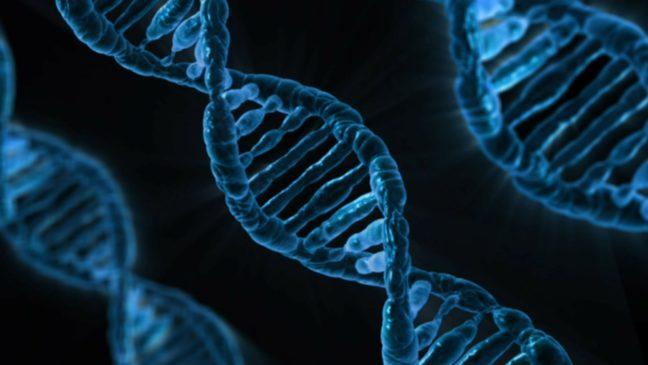A team of University of Wisconsin researchers made a critical breakthrough in the search for a cure for Alexander disease ― a fatal and untreatable neurological disease that affects the nervous system.
Alexander disease is part of a group of disorders called leukodystrophies, which involve the destruction of myelin. Myelin is the fatty covering of nerve fibers that protects the transmission of nerve impulses, Albee Messing, UW researcher and director of the Waisman Center, said.
The disease destroys these fibers, which impairs the nervous system and hampers its functions. This causes seizures, an enlarged brain, intellectual disability and developmental delay, Messing said.
The UW team took six years to find results from the start of the project to the breakthrough, Messing said. Members of the team include biologist Laura Moody, Director of the Mass Spectrometry/Proteomics Facility Gregory Barrett-Wilt and Director of UW Biotechnology Center Michael Sussman.
Former UW professor’s lifetime dedication to science earns her honorary degree
Messing said the team had been working with mice to try to understand the significance of having too much or too little of a particular protein, Glial fibrillary acidic protein, or GFAP. Having more GFAP led to distinctive changes in the brain indicative of Alexander disease.
The team then proposed the protein as a “candidate gene,” a gene that is believed to be a cause of the disease, and began pursuing genetic analyses in patient samples.
GFAP was found to be synthesized and degraded much more quickly in patients with Alexander disease than what was believed earlier. In a UW statement, Moody said this finding will open up new ways to think about a cure for the disease.
“It seems that if we can slow down the synthesis of GFAP, we should also be able to slow down its accumulation and develop therapies to treat Alexander disease,” Moody said.
Barrett-Wilt and Sussman worked on the technological aspects of the research, which involves folding and unfolding genes. They used a nonradioactive halogen isotope called N-15 and mass spectrometers to analyze the proteins in the study.
Sussman said they examined 30,000 proteins. The N-15 allowed Sussman and Barrett-Wilt to measure the speed at which those proteins degraded versus how quickly they were made.
UW scientists research role of gene-editing in curing inherited diseases
“[GFAP] is a fairly abundant protein involved in the cytoskeleton,” Sussman said. “It forms fibrols and aggregates and that whole field of aggregates in brain cells is what’s behind everything from mad cow disease to dementia and Alzheimers.”
This breakthrough means future strategies will be aimed at reducing the synthesis of the GFAP protein rather than the problem of decreased degradation, Messing said.
“Any beneficial effects from [reducing synthesis] would become apparent earlier rather than later,” Messing said. “Ultimately, it speeds up the process of deciding whether something is going to have a beneficial effect.”

















